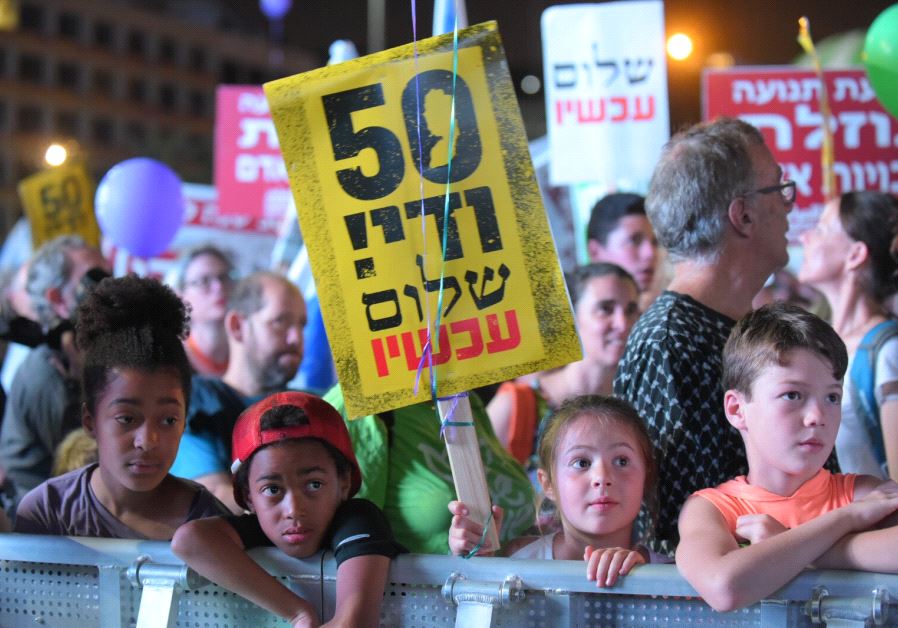Is the right to protest diminishing in Israel?
Has Israel recently moved from being a protest-friendly country to one which discourages the free speech principles underlying the freedom to protest?
 Young attendees at protest in Rabin Square, May 27, 2017.(photo credit: AVSHALOM SASSONI/MAARIV)Updated:
Young attendees at protest in Rabin Square, May 27, 2017.(photo credit: AVSHALOM SASSONI/MAARIV)Updated: